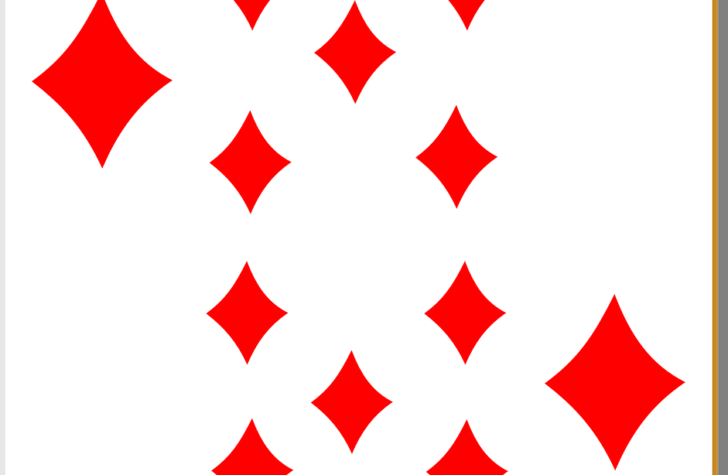Blackjack Strategy: A Comprehensive Guide to Winning at Casino Games

Introduction
Are you a fan of casino games and looking for ways to improve your chances of winning? If so, then understanding the intricacies of blackjack strategy is crucial. Blackjack is not just a game of luck; it requires skill and knowledge to reduce the house edge and increase your odds of success. In this article, we will delve into the world of blackjack strategy, exploring its importance and evolution over time.
Understanding Blackjack Strategy

Blackjack is a popular card game where players aim to beat the dealer by getting a hand total as close to 21 as possible without exceeding it. While luck plays a role in the game, employing the right strategy can significantly enhance your chances of winning. Unlike other casino games, blackjack requires players to make decisions based on the cards they have been dealt and the dealer’s upcard.
Blackjack strategy involves a set of rules and guidelines that help players make the most optimal decisions in different situations. These decisions primarily revolve around whether to hit, stand, double down, or split their cards. By following a well-defined strategy, players can minimize the house edge and increase their chances of turning the tables in their favor.
Evolution of Blackjack Strategy
The history of blackjack strategy dates back to the early 1960s when mathematician Edward O. Thorp published his groundbreaking book, “Beat the Dealer.” Thorp’s book introduced the concept of card counting, which revolutionized the way players approached the game. Card counting involves keeping track of the cards that have been played to determine the ratio of high to low-value cards remaining in the deck. This knowledge allows players to adjust their bets and strategy accordingly, effectively gaining an edge over the house.
Since Thorp’s book, blackjack strategy has continued to evolve. With the advent of technology, players now have access to advanced software and simulators that can analyze millions of blackjack hands and provide precise recommendations based on the best statistical play. These tools enable players to refine their strategies and make informed decisions in real-time.
Structuring the Text for Enhanced Visibility
To increase the likelihood of this article being featured as a snippet in Google search results, it is essential to structure the text in a clear and concise manner. By employing bullet points, we can present key information succinctly and enhance readability. Below is an example of how the text can be organized:
I. Introduction
– Briefly introduce the topic of blackjack strategy and its importance for casino game enthusiasts.
II. Understanding Blackjack Strategy
– Explain the objective of blackjack and the role of strategy in improving winning odds.
– Discuss the fundamental decisions players must make, such as hitting, standing, doubling down, and splitting.
III. Evolution of Blackjack Strategy
– Provide a historical overview, starting from Edward O. Thorp’s book “Beat the Dealer.”
– Discuss the concept of card counting and its impact on the game.
– Highlight how technology has revolutionized blackjack strategy, with the introduction of advanced software and simulators.
IV. Structuring the Text for Enhanced Visibility
– Explain the importance of structuring the article in a manner that increases its chances of being featured as a snippet.
– Present an example of how bullet points can be used to enhance readability.
Conclusion
Blackjack strategy is a vital component for those passionate about casino games. By understanding and implementing the right strategies, players can tilt the odds in their favor and increase their chances of winning at blackjack. From its humble beginnings with Edward O. Thorp to the advanced software available today, the evolution of blackjack strategy continues to empower players. So, next time you hit the casino, remember to employ a well-defined blackjack strategy to maximize your chances of success.
(Note: The video mentioned can be inserted here to provide additional visual content for the readers.)

















